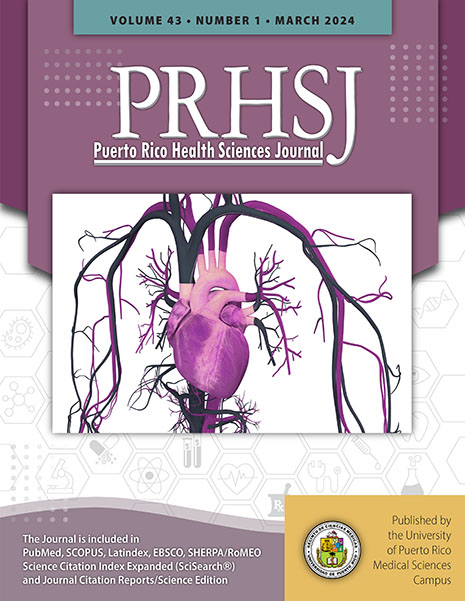Abstract
Of the chronic bacterial infections that affect humans, Helicobacter pylori (H. pylori) infection is one of the most common. It inhabits the stomachs of half of the adult human population. In Puerto Rico, a US territory, it has an overall prevalence of 33%, similar to the prevalence reported in the population of the US as a whole. Helicobacter pylori infection is responsible for mucosal inflammation that may lead to chronic gastritis, most peptic ulcers, gastric adenocarcinoma, and mucosa-associated lymphoid tissue lymphoma. The International Agency for Research on Cancer identified H. pylori as a definite carcinogen in 1994, the only bacterium to be given such a classification. Its oncogenic effect has been postulated to be caused by different mechanisms, including bacterial characteristics and host factors. Epidemiologic studies have shown that gastric cancer risk differs among regions. One of the top 10 causes of cancer death in Puerto Rico is gastric cancer. Although the eradication of H. pylori has well-known benefits, there are some concerns when considering mass screening and treatment of infected patients. These include the fact that such eradication could provoke an increase in antibiotic resistance rates, the disturbance of the gut microbiota, an increase in body weight, and the aggravation of existing gastroesophageal reflux symptoms. Gastric cancer is a major health concern, and we should understand the role of H. pylori eradication in its prevention. This article is geared to summarize current knowledge and controversies.
Authors who publish with this journal agree to the following terms:
a. Authors retain copyright and grant the journal right of first publication with the work simultaneously licensed under a Creative Commons Attribution License that allows others to share the work with an acknowledgement of the work's authorship and initial publication in this journal.
b. Authors are able to enter into separate, additional contractual arrangements for the non-exclusive distribution of the journal's published version of the work (e.g., post it to an institutional repository or publish it in a book), with an acknowledgement of its initial publication in this journal.
c. Authors are permitted and encouraged to post their work online (e.g., in institutional repositories or on their website) prior to and during the submission process, as it can lead to productive exchanges, as well as earlier and greater citation of published work (See The Effect of Open Access).
